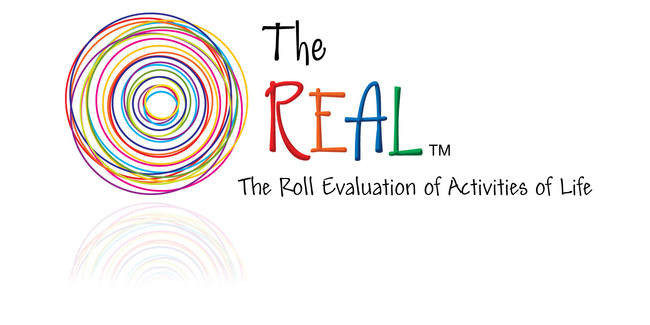The Roll Evaluation of Activities of Life (REAL™) offers a useful screening instrument to help professionals assess children’s ability to care for themselves at home, at school, and in the community
The Roll Evaluation of Activities of Life
The REAL™
The Roll Evaluation of Activities of Life (REAL™) offers a useful screening instrument to help professionals assess children’s ability to care for themselves at home, at school, and in the communityChoose from our formats
Kits
Starter & complete kits, print & digital
1 option
Test forms & reports
Booklets, record forms, answer sheets, report usages & subscriptions
1 option
Support materials
Manuals, stimulus books, replacement items & other materials
1 option
All products
All tests and materials offered for The REAL™
3 options